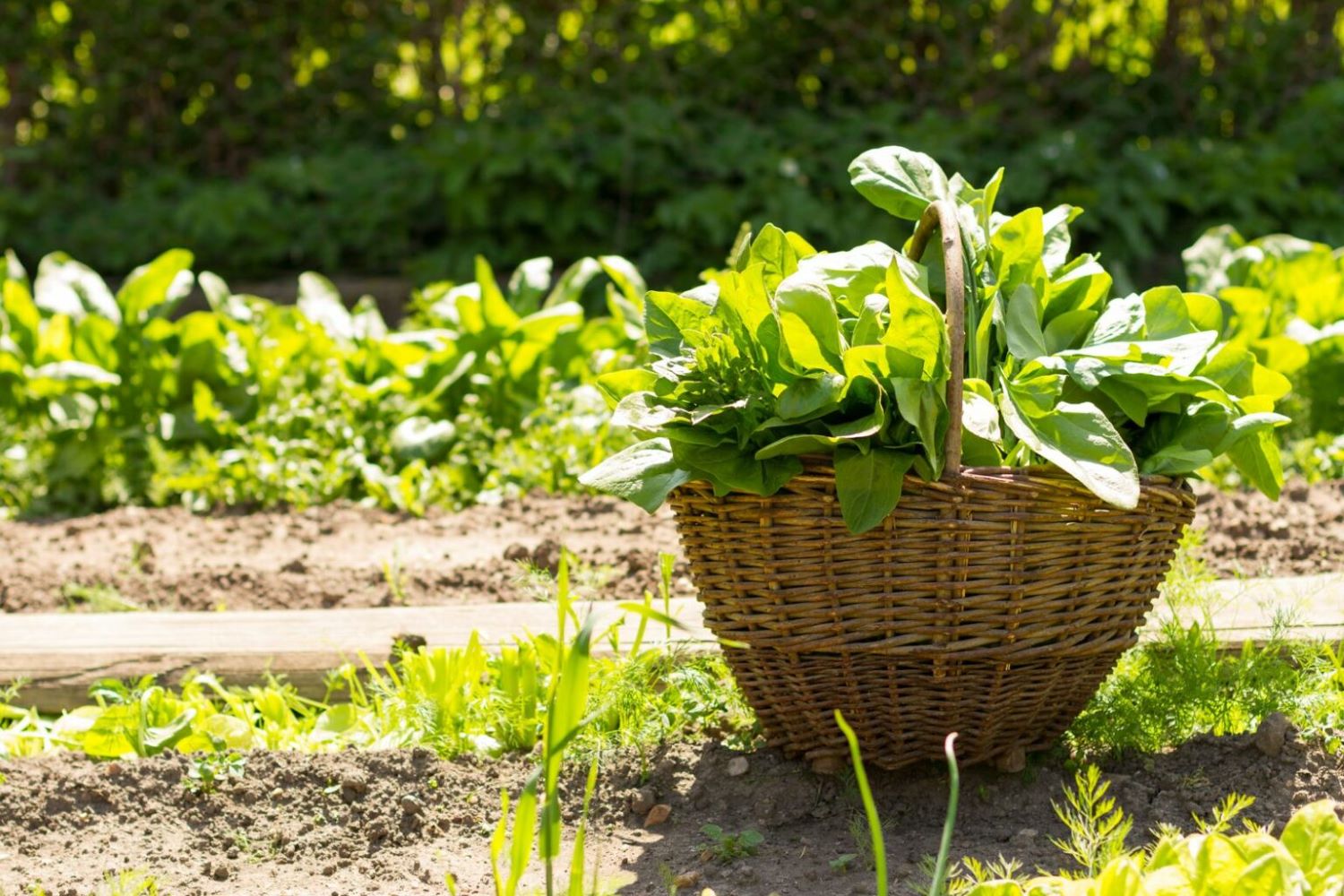

Articles
How To Store Spinach From Garden
Modified: February 24, 2024
Looking for tips on how to store spinach from your garden? Check out our helpful articles for expert advice on preserving and extending the shelf life of your fresh spinach.
(Many of the links in this article redirect to a specific reviewed product. Your purchase of these products through affiliate links helps to generate commission for Storables.com, at no extra cost. Learn more)
Introduction
Spinach is a nutritious and versatile leafy green that is commonly grown in home gardens. It’s packed with essential vitamins and minerals, making it a popular choice for those seeking a healthy diet. However, when it comes to storing spinach from the garden, it’s important to follow proper techniques to maintain its freshness and shelf life.
In this article, we will guide you through the process of storing spinach to ensure that it remains crisp and flavorful. From choosing the right time to harvest, to washing and drying the leaves, and finally storing them in the refrigerator or freezing them for long-term storage, we will cover all the necessary steps for preserving your homegrown spinach.
By storing spinach properly, you can extend its lifespan and enjoy the taste of fresh greens even after the harvest season has passed. So, let’s dive in and learn how to store spinach from your garden!
Key Takeaways:
- Harvest spinach in the morning when leaves are tender for optimal flavor. Properly snip leaves to encourage new growth and enjoy a steady supply of fresh greens for your recipes.
- Store spinach in the refrigerator by wrapping in paper towels and placing in an airtight container. Avoid moisture and ethylene-producing fruits to maintain freshness and flavor.
Read more: How To Store Spinach
Choosing the right time to harvest spinach
Harvesting spinach at the right time is crucial to ensure optimal flavor and texture. The ideal time to harvest spinach is when the leaves are tender, before they start to bolt or form seed stalks. Bolting refers to the process where the plant rapidly grows and produces flower stalks.
When spinach begins to bolt, the leaves become tough and bitter, which diminishes their taste. To determine if your spinach is ready for harvest, look for leaves that are dark green and at least 4-6 inches long. Avoid leaves that have yellowed or developed any signs of damage or disease.
It’s important to note that spinach matures relatively quickly, usually within 40-50 days after planting. Therefore, it’s a good idea to monitor your spinach plants regularly to catch them at their peak. Harvesting spinach leaves frequently also encourages the growth of new leaves, giving you a steady supply of fresh greens.
If you’re unsure whether your spinach is ready for harvest, you can perform a taste test. Simply pluck a leaf, wash it, and give it a taste. If the flavor is mild yet slightly sweet, your spinach is likely ready to be harvested.
Remember, harvesting spinach in the morning is ideal since the leaves are the freshest at this time of day. The cool morning temperatures help retain the crispness of the leaves, resulting in a more flavorful and enjoyable eating experience.
Properly harvesting spinach leaves
When it comes to harvesting spinach, it’s important to handle the leaves with care to prevent bruising or damage. Follow these steps to ensure you harvest spinach properly:
- Prepare your harvesting tools: Before you start, gather a pair of clean garden scissors or shears. Having a clean and sharp tool will make the harvesting process easier and minimize damage to the plants.
- Select the leaves to harvest: Look for mature leaves that are ready for harvest. Choose leaves from the outer portion of the plant, as these tend to be larger and more mature. Avoid harvesting the center leaves, as these are still growing and need more time to reach their full potential.
- Snip the leaves: Using your scissors or shears, make a clean snip at the base of the leaf stem, close to the plant’s main stem. Be careful not to damage the neighboring leaves or the center crown of the plant. Aim for a smooth and neat cut.
- Continue harvesting: Move around the plant, working your way towards the center, and selectively harvest leaves as needed. Leave a few mature leaves at the center to allow the plant to keep growing and producing more leaves for future harvests.
- Avoid tearing or breaking leaves: Be gentle when handling the harvested leaves to prevent tearing or breaking. Place them into a clean container or basket to avoid any potential contaminants or dirt.
By harvesting spinach leaves properly, you can ensure that the remaining plant continues to grow and produce new leaves, extending your harvesting season. With a bit of practice, you’ll become proficient at selecting and snipping the perfect spinach leaves for your recipes!
Washing and drying spinach leaves
Properly washing and drying spinach leaves is essential to remove any dirt, pesticides, or contaminants that may be present. Here’s how you can ensure your spinach leaves are clean and ready to store:
- Fill a large bowl or sink with cold water: Start by filling a clean bowl or sink with cold water. Make sure there’s enough water to fully submerge the spinach leaves.
- Submerge the spinach leaves: Place the harvested spinach leaves into the water and gently agitate them to loosen any dirt or debris. Allow the leaves to soak for a few minutes, allowing the water to penetrate and cleanse the leaves.
- Swirl the leaves: Gently swirl the leaves around in the water to dislodge any remaining soil or contaminants. Avoid using excessive force as this may damage the delicate leaves.
- Remove the leaves: Carefully scoop out the spinach leaves from the water, being careful not to pour the water back into the bowl or sink. Discard any leaves that appear discolored, wilted, or damaged.
- Rinse the leaves: Rinse the spinach leaves under running water to ensure all traces of dirt and debris are removed. Gently rub each leaf with your fingers to dislodge any stubborn particles.
- Drain excess water: Shake off any excess water from the leaves or pat them dry with a clean kitchen towel. Avoid squeezing or wringing the leaves as this can bruise or damage them.
- Leave to air dry: After rinsing, it’s best to allow the spinach leaves to air dry completely. Lay them out on a clean kitchen towel or paper towels, ensuring they are spread out in a single layer. Avoid overcrowding the leaves as this may slow down the drying process.
- Once dry, the spinach leaves are ready to be stored or used in your favorite recipes.
By following these steps, you can ensure that your spinach leaves are thoroughly cleaned and free from any potential contaminants. Clean, dry leaves will have a longer shelf life and maintain their crispness and flavor for a longer period.
Storing spinach in the refrigerator
Storing spinach properly in the refrigerator is crucial to maintain its freshness and preserve its nutritional value. Here’s how you can store spinach in the refrigerator:
- Prepare the spinach leaves: Make sure the spinach leaves are clean and completely dry before storing them. Excess moisture can lead to spoilage, so it’s important to remove any water droplets.
- Wrap in paper towels: Take a few sheets of paper towels and gently wrap the spinach leaves. The paper towels will absorb excess moisture and help prevent wilting.
- Place in a resealable bag or container: Transfer the wrapped spinach leaves into a resealable plastic bag or an airtight container. Press out any excess air before sealing the bag or container.
- Label and store in the refrigerator: Use a marker or label to write the date of harvest on the bag or container. Place the spinach in the vegetable crisper drawer of your refrigerator, which provides a slightly cooler and more humid environment.
- Store away from ethylene-producing fruits: Keep the spinach away from ethylene-producing fruits like apples or bananas. Ethylene gas can accelerate the ripening process and cause the spinach to wilt more quickly.
- Check and rotate: Periodically check the spinach for any signs of spoilage or wilting. If you notice any leaves starting to deteriorate, remove them to prevent them from affecting the rest of the bunch.
Freshly harvested and properly stored spinach can typically last in the refrigerator for up to a week. However, it’s best to consume it as soon as possible for optimal taste and nutritional benefits.
By following these guidelines, you can enjoy fresh and crisp spinach for your salads, smoothies, or cooked recipes while maximizing its shelf life.
After harvesting, wash and dry the spinach thoroughly. Store in a resealable plastic bag with a paper towel to absorb excess moisture. Keep in the refrigerator for up to 5 days.
Read more: How To Store Baby Spinach
Freezing spinach for long-term storage
If you have a surplus of spinach and want to preserve it for a longer period, freezing is an excellent option. Freezing spinach allows you to enjoy its nutritional benefits throughout the year. Here’s how you can freeze spinach:
- Prepare the spinach leaves: Start by washing and drying the spinach leaves thoroughly, following the steps mentioned earlier. Remove any stems or tough parts of the leaves.
- Blanch the spinach: Blanching helps retain the color, texture, and nutrients of the spinach. Bring a pot of water to a boil and prepare a bowl of ice water. Submerge the spinach leaves in the boiling water for about 30 seconds, then quickly transfer them to the ice water bath to cool and stop the cooking process.
- Drain and dry: Once the spinach leaves have cooled, remove them from the ice water bath and drain well. Use a clean kitchen towel or paper towels to gently pat the leaves dry and remove any excess moisture.
- Portion and pack: Divide the blanched and dried spinach into portion sizes that suit your needs. You can either pack them into freezer-safe bags or place them in airtight containers. Make sure to press out any excess air before sealing the bags or containers to prevent freezer burn.
- Label and freeze: Use a marker or label to indicate the date of freezing on the bags or containers. Place them in the freezer, making sure they are stored in a flat position to maximize space and prevent them from getting crushed.
- Use within 6-8 months: Frozen spinach can generally be stored for 6 to 8 months. However, for the best flavor and quality, it is recommended to use it within the first few months of freezing.
When you’re ready to use the frozen spinach, there’s no need to thaw it beforehand. Simply remove the desired amount from the freezer and add it directly to your recipes, such as soups, stews, or sautés. The heat from the cooking process will quickly thaw and cook the spinach.
By freezing spinach, you can enjoy the benefits of this leafy green even when it’s out of season or not readily available. Plus, freezing your homegrown spinach allows you to reduce food waste and enjoy the taste of your garden throughout the year.
Using alternative methods to store spinach
In addition to refrigeration and freezing, there are alternative methods to store spinach and extend its shelf life. These methods can be useful if you don’t have access to a refrigerator or freezer, or if you prefer to try different storage techniques. Here are a few alternative methods to consider:
- Root cellar storage: If you have a root cellar or a cool, dark basement, you can store spinach in a similar manner as root vegetables. Remove any excess leaves and store the whole plant, with roots intact, in a bucket or crate filled with slightly damp sand or soil. This method can help maintain humidity and prolong the freshness of the spinach.
- Canning: Canning is another option if you’re looking for long-term storage. However, it’s important to note that canning spinach alters its texture, making it suitable for use in cooked dishes rather than raw consumption. Follow proper canning guidelines and process the spinach in a pressure canner to ensure it is safe for preservation.
- Drying: Drying spinach leaves can be a great way to preserve them for an extended period. Wash and thoroughly dry the leaves, then spread them out in a single layer on a dehydrator tray or a baking sheet lined with parchment paper. Dry them at a low temperature until they become crisp and brittle. Once dried, store the spinach in airtight containers away from moisture and light. Rehydrate the dried spinach before using it in recipes.
- Preserving in oil: Blanch the spinach leaves briefly, then squeeze out any excess moisture. Place the leaves in a jar and cover them with olive oil or another type of oil of your choice. The oil helps create a barrier and prevents air from reaching the leaves, thereby preserving their quality. Store the jars in a cool and dark place, and use the preserved spinach within a few weeks.
These alternative storage methods offer different ways to keep spinach fresh and enjoy it beyond its typical shelf life. Choose the method that suits your preferences and resources to make the most of your homegrown spinach.
Tips for maintaining spinach freshness
To ensure your spinach stays fresh and flavorful for as long as possible, here are some helpful tips to keep in mind:
- Harvest as needed: Instead of harvesting all your spinach at once, try to pick the leaves as you need them. This way, you can enjoy the freshest spinach while allowing the remaining plants to continue growing.
- Keep it cool: Spinach thrives in cool temperatures. Store it in the refrigerator at a temperature between 32°F and 40°F (0°C and 4°C) to maintain its crispness and prevent wilting.
- Avoid moisture: Excess moisture can cause spinach to wilt and spoil quickly. Make sure the leaves are thoroughly dry before storing them in the refrigerator or freezing them.
- Use airtight containers: Whether storing spinach in the refrigerator or freezer, use airtight containers or resealable bags to prevent moisture and odors from seeping in.
- Don’t wash before storing: It’s best to wash spinach just before using it rather than washing it before storage. Excess moisture can accelerate spoilage, so wait until you’re ready to use the spinach to give it a quick rinse.
- Check regularly: Periodically check the stored spinach for any signs of spoilage. Remove any leaves that are starting to wilt or show signs of deterioration to prevent them from affecting the rest of the batch.
- Avoid overcrowding: Whether storing spinach in the refrigerator or freezer, make sure not to squeeze or overcrowd the leaves. Overcrowding can lead to moisture buildup, which can cause the spinach to deteriorate faster.
- Organize and rotate: When storing multiple batches of spinach, organize them by date to ensure you use the oldest leaves first. This rotating system helps prevent waste and ensures you enjoy the freshest spinach.
- Consider blanching before freezing: If you plan to freeze spinach, blanching the leaves before freezing helps preserve its color, texture, and nutritional value.
By following these tips, you can maintain the freshness and quality of your spinach for a longer period. Whether you’re enjoying it raw in salads or using it in your favorite dishes, fresh spinach adds a nutritious and delicious element to any meal.
Conclusion
Storing spinach from your garden properly is essential to maintain its freshness, flavor, and nutritional value. Whether you choose to store it in the refrigerator, freezer, or explore alternative methods, following the right techniques will help you enjoy your homegrown spinach for an extended period.
By choosing the right time to harvest, carefully snipping the leaves, washing and drying them thoroughly, and storing them using appropriate methods, you can maximize the shelf life of your spinach. Refrigeration is an effective method for short-term storage, while freezing allows for long-term preservation without compromising taste or nutrition.
Additionally, alternative methods such as using root cellars, canning, drying, or preserving in oil offer different storage options to suit your preferences and resources.
To maintain spinach freshness, remember to keep it cool, avoid excess moisture, use airtight containers, and regularly check for any signs of spoilage. These simple steps will help you enjoy fresh and vibrant spinach in your meals.
Whether you’re utilizing your spinach in salads, smoothies, or cooked dishes, properly stored spinach will enhance your culinary creations with its undeniable flavor and nutritional benefits.
So, give your homegrown spinach the care it deserves and savor the taste of your garden long after the harvest season has passed. Enjoy the bountiful greens and the goodness that spinach brings to your plate!
Frequently Asked Questions about How To Store Spinach From Garden
Was this page helpful?
At Storables.com, we guarantee accurate and reliable information. Our content, validated by Expert Board Contributors, is crafted following stringent Editorial Policies. We're committed to providing you with well-researched, expert-backed insights for all your informational needs.
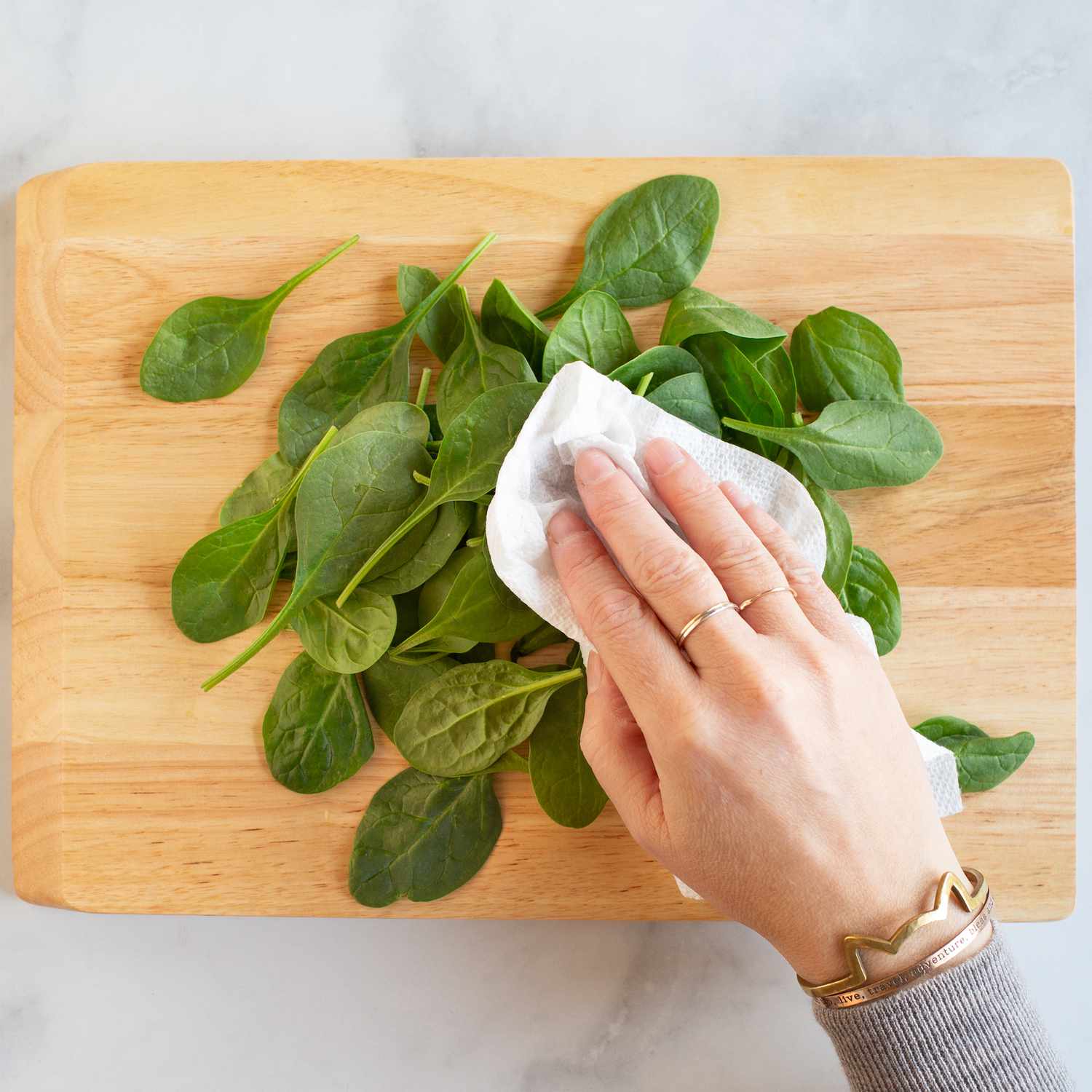
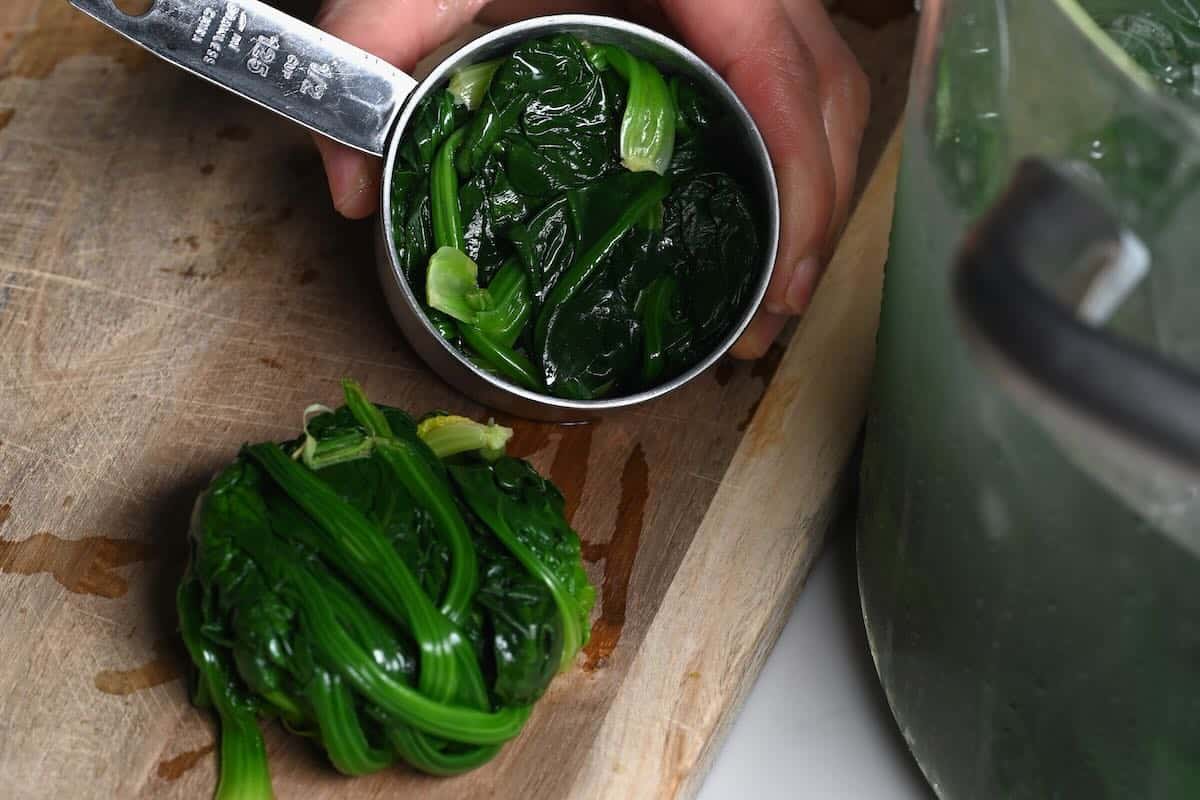
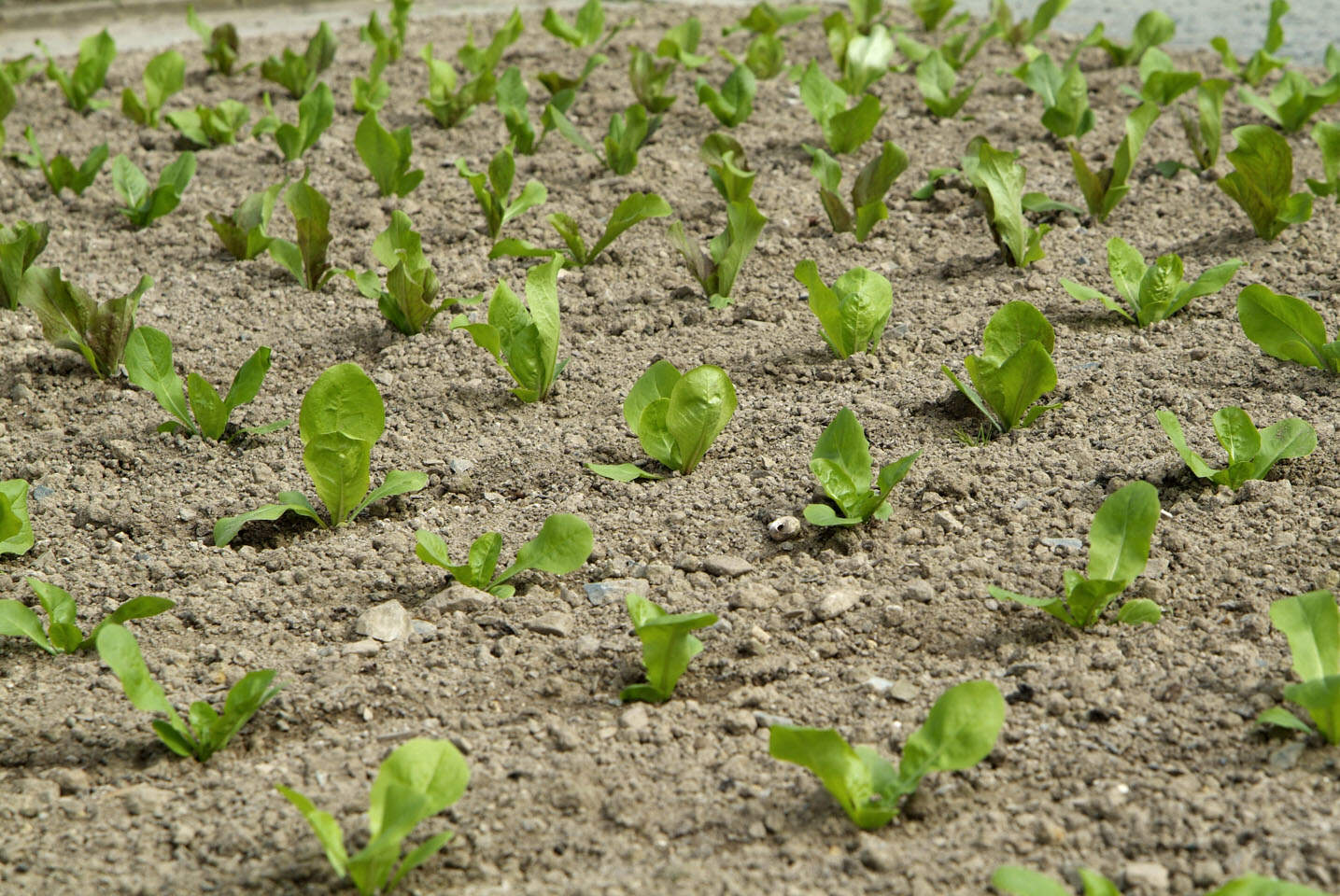
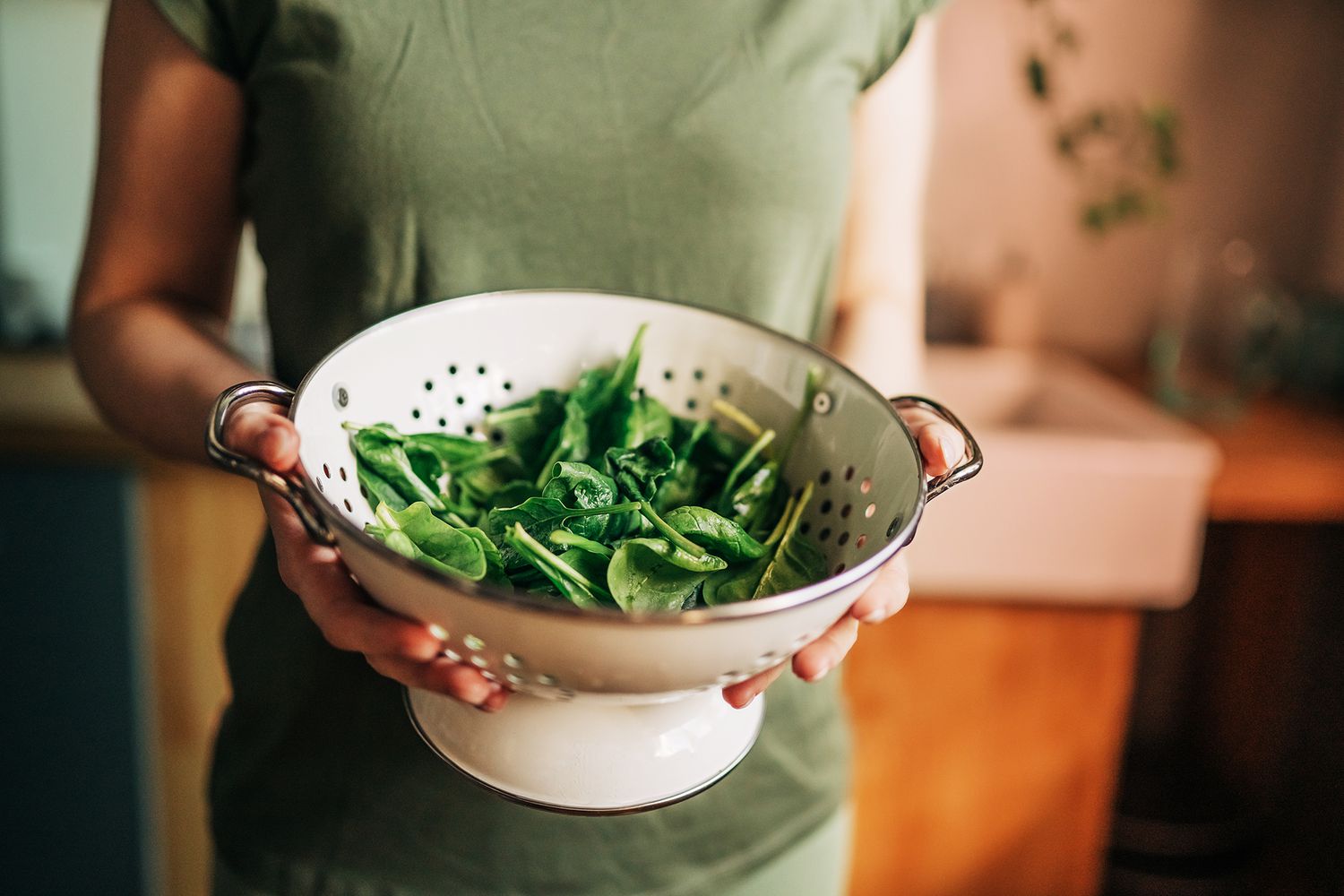
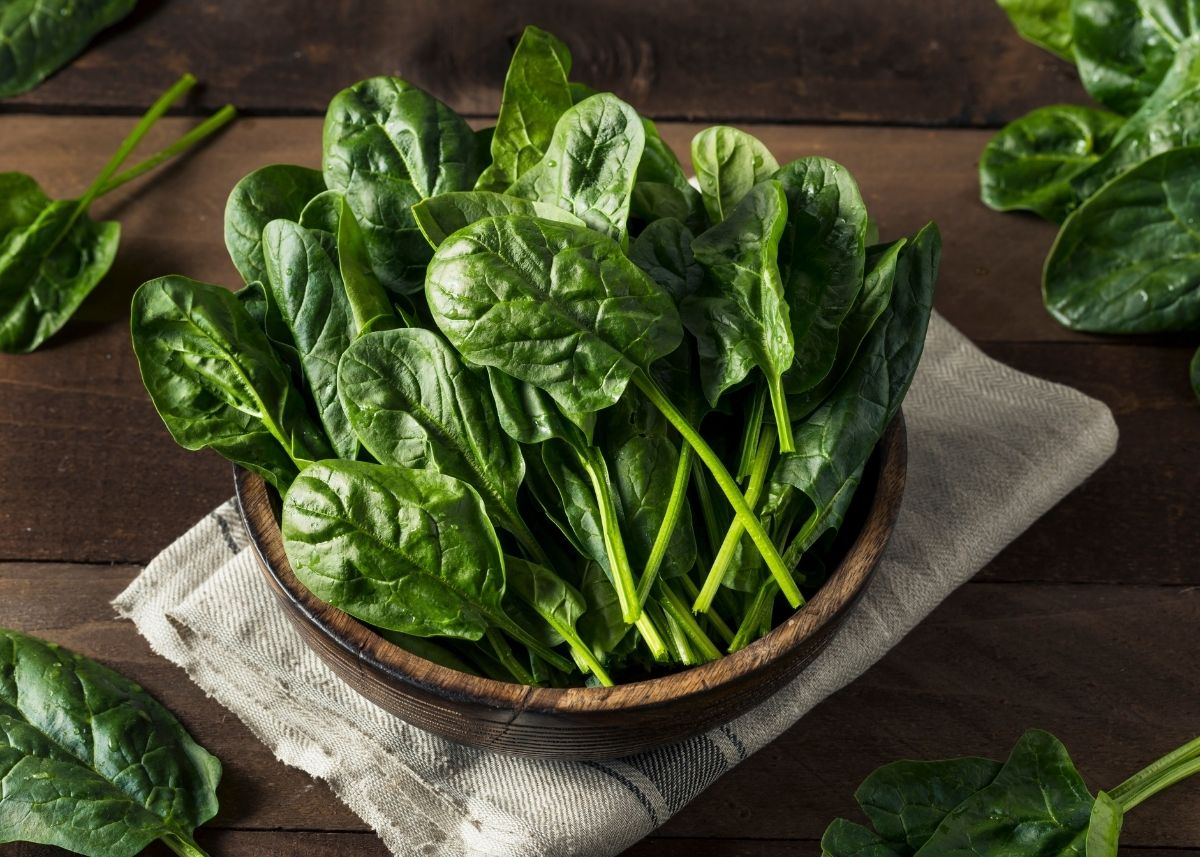
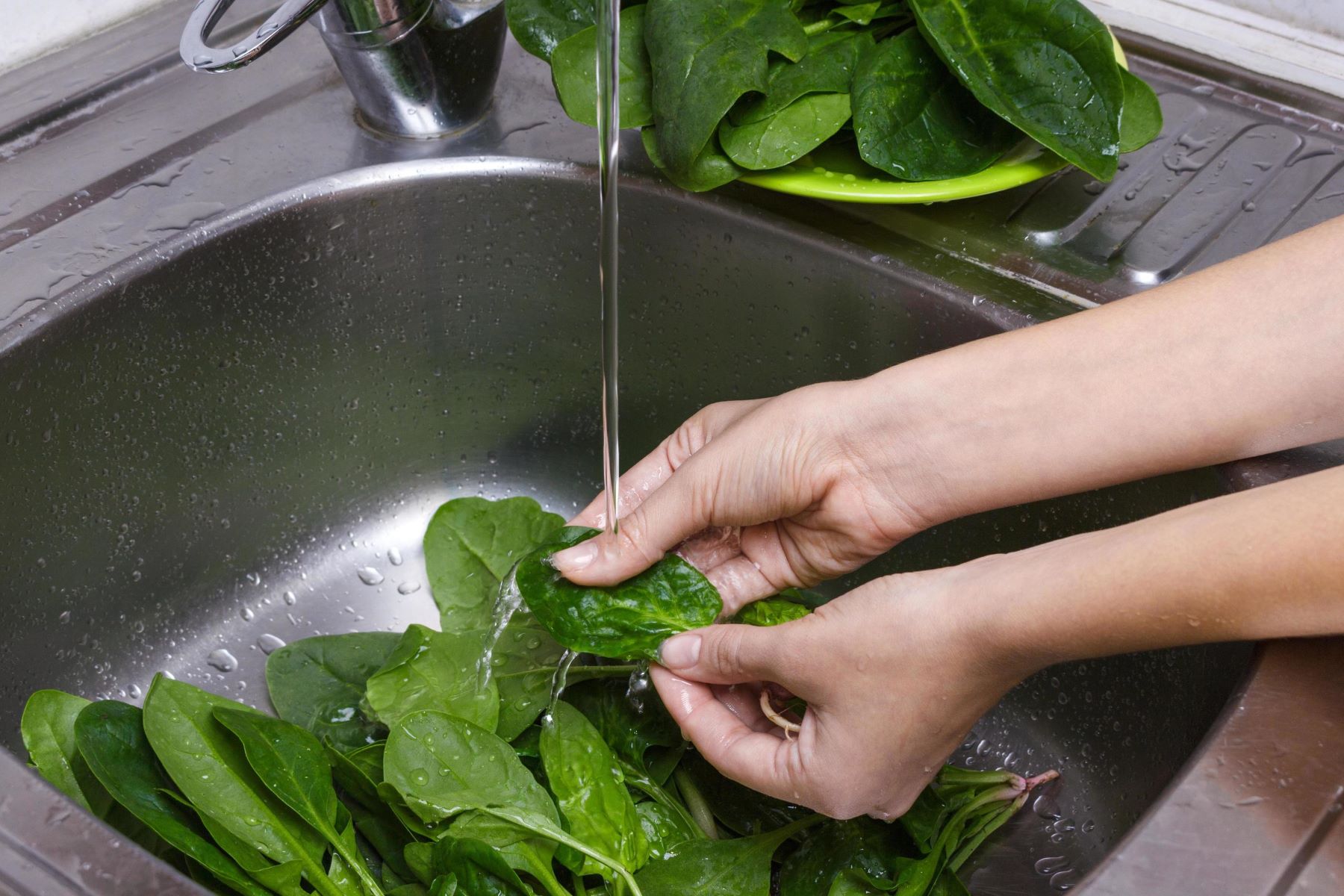
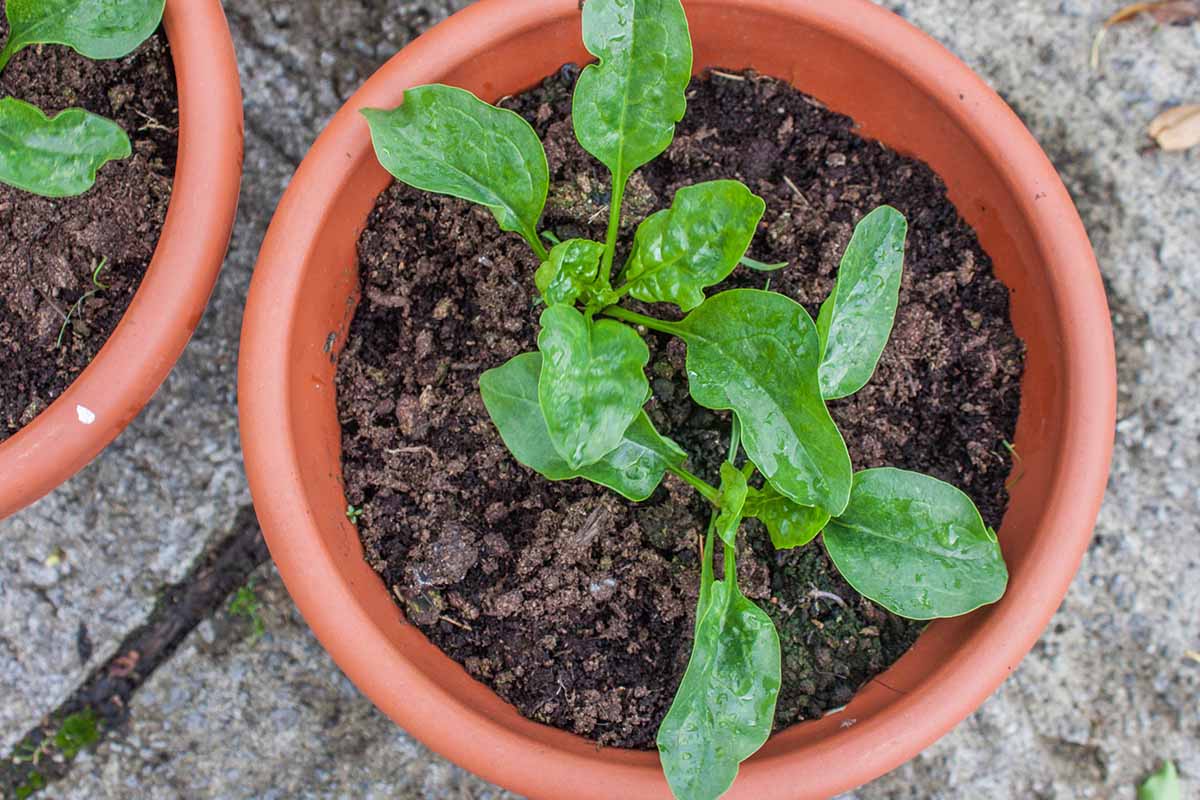
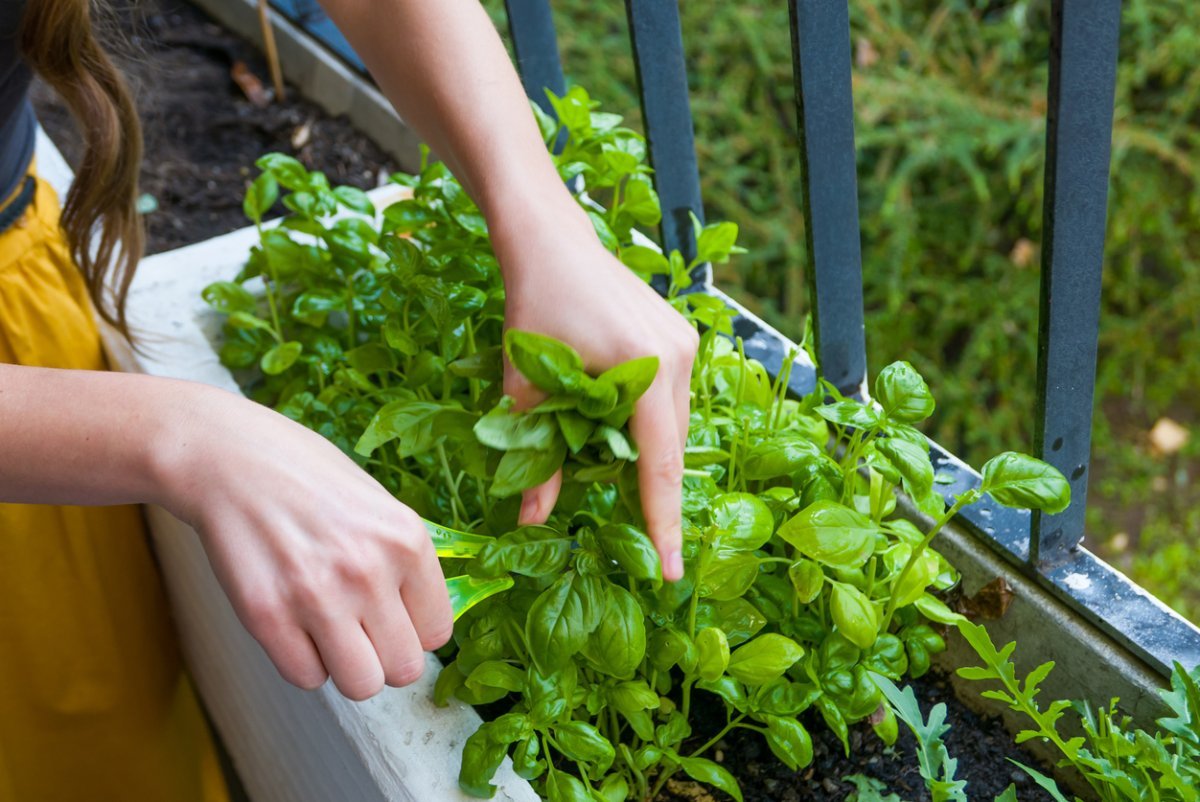
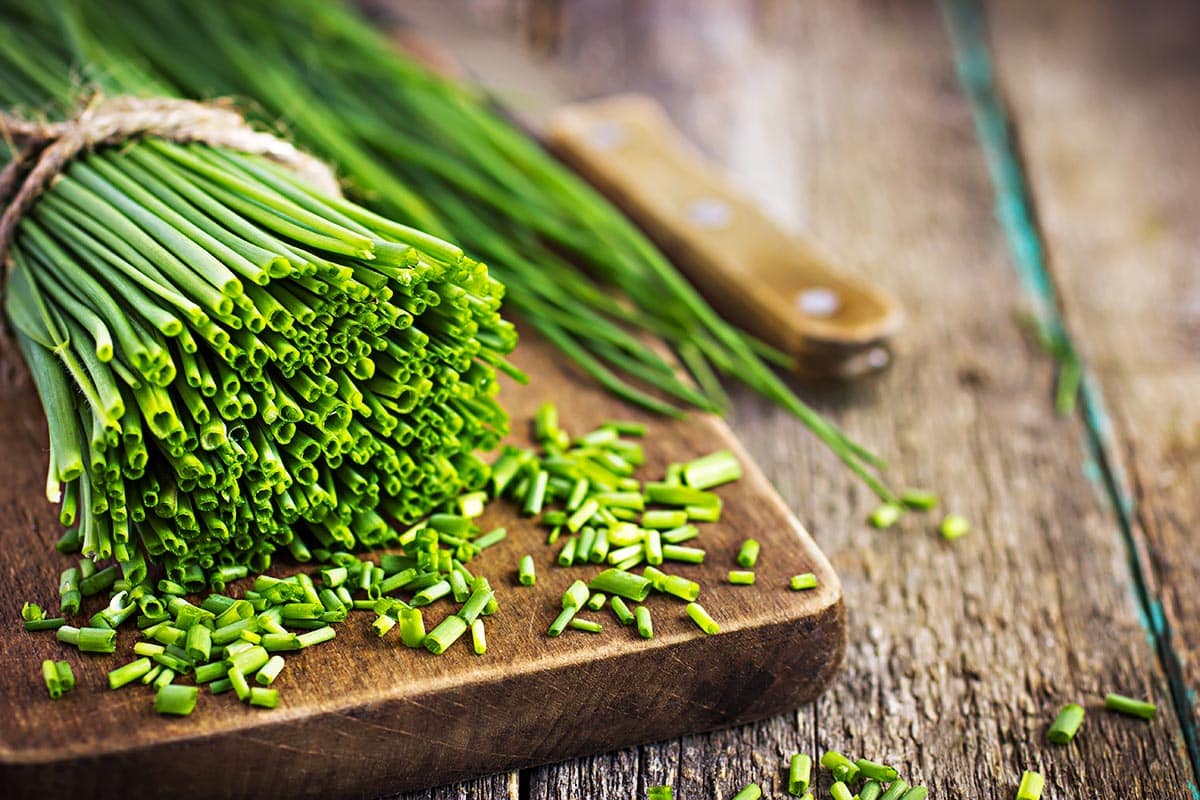
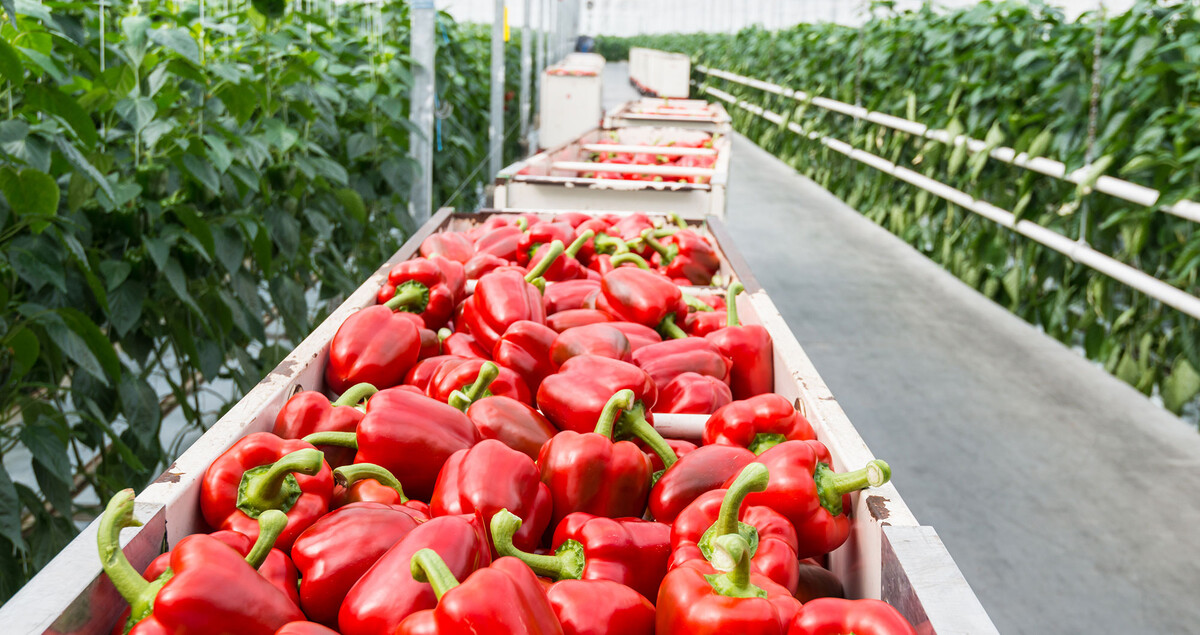
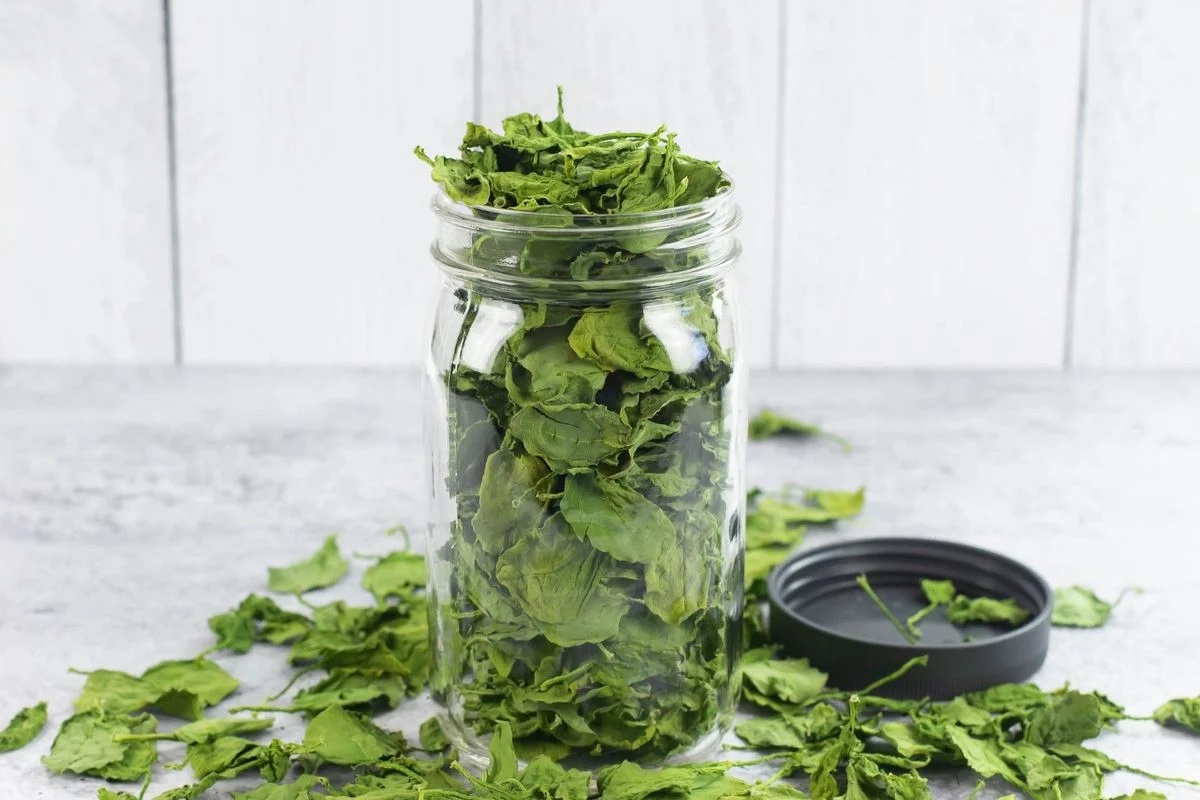
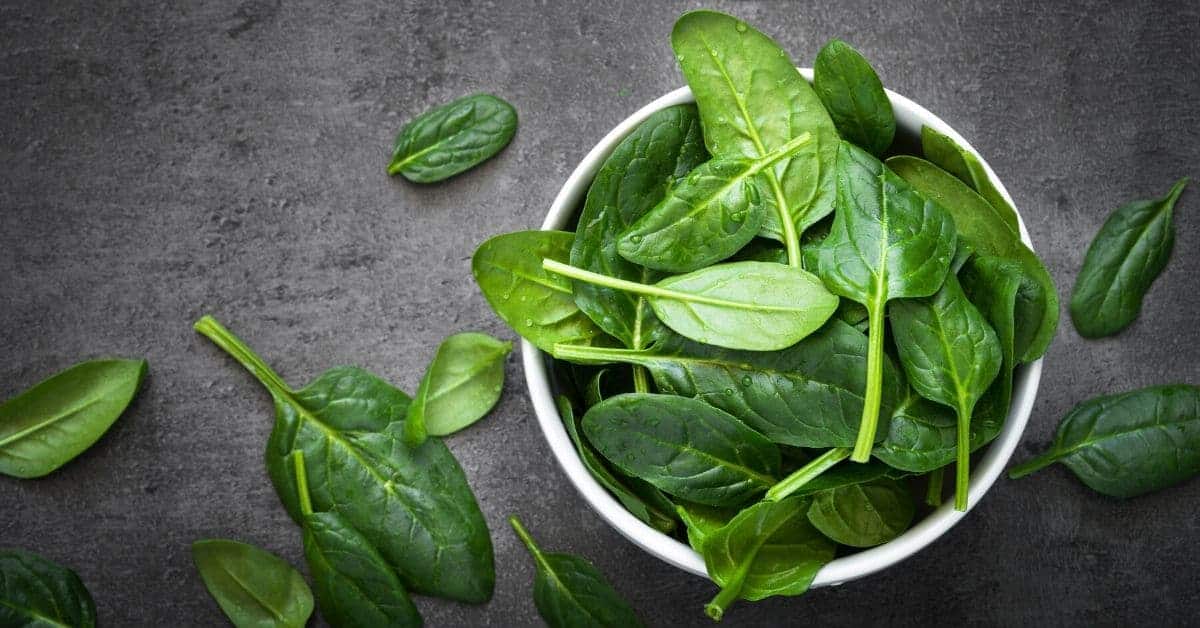
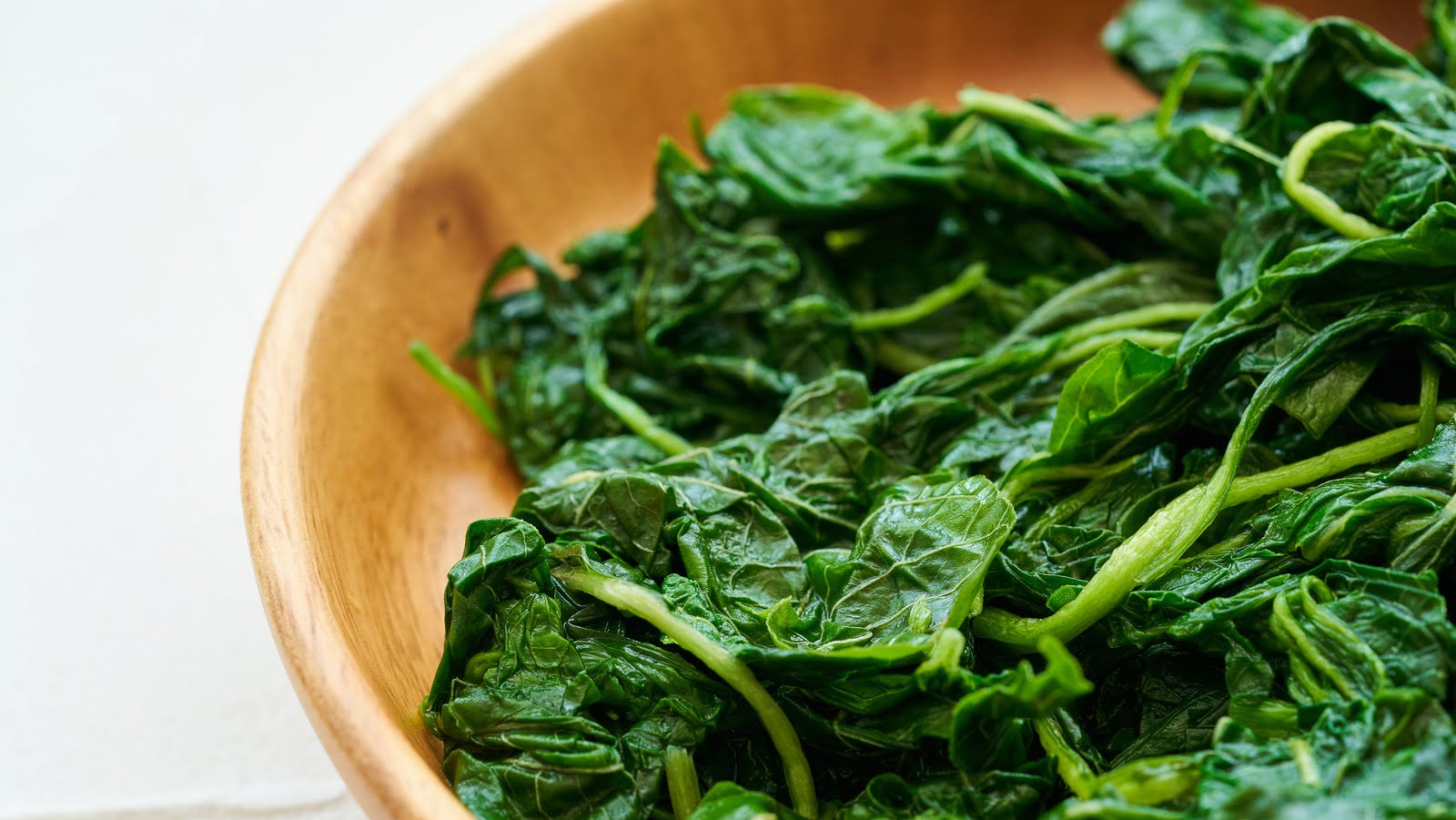
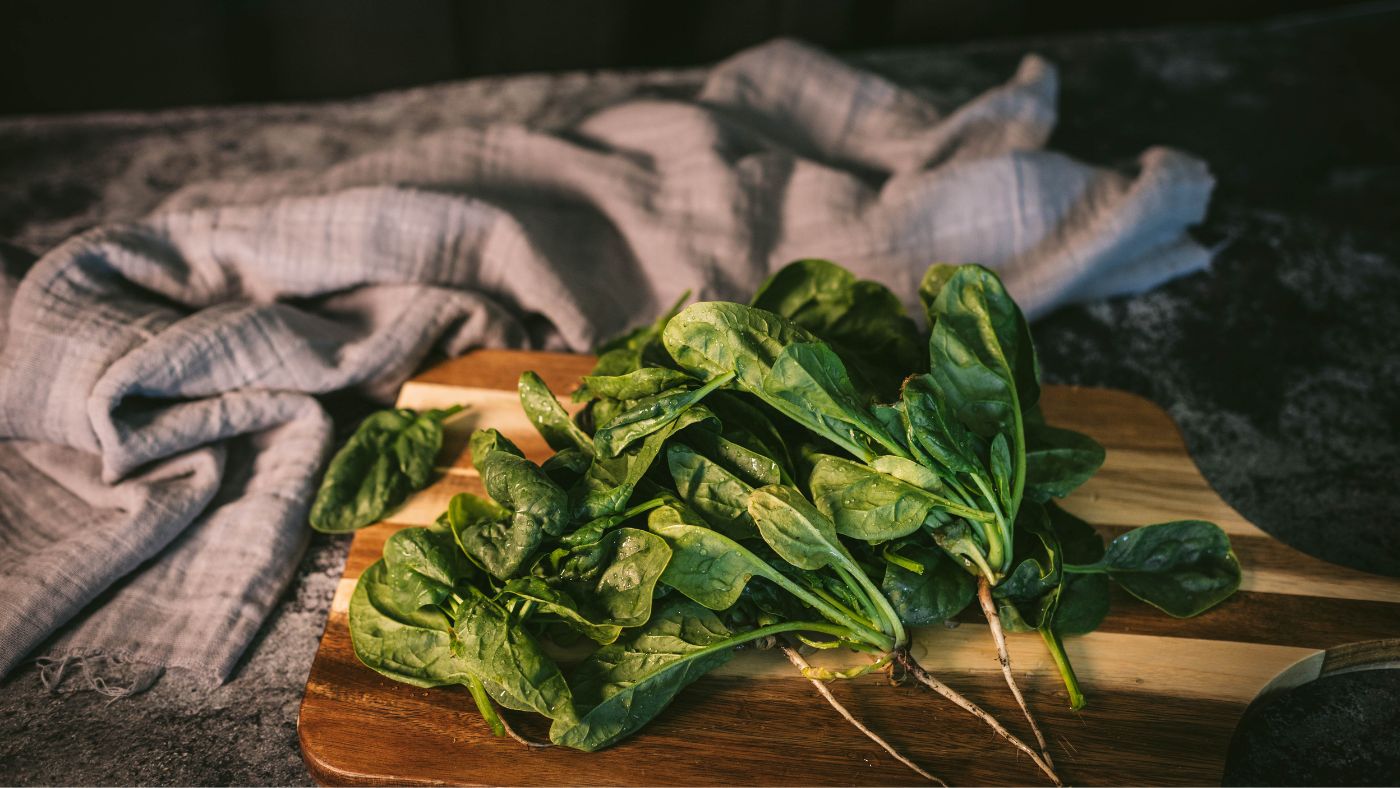

0 thoughts on “How To Store Spinach From Garden”